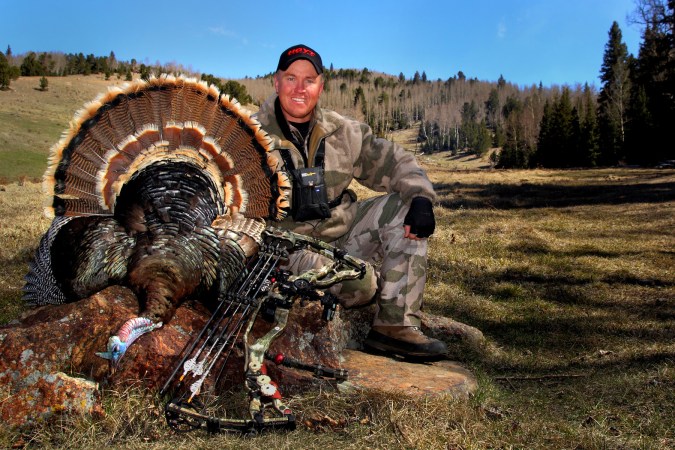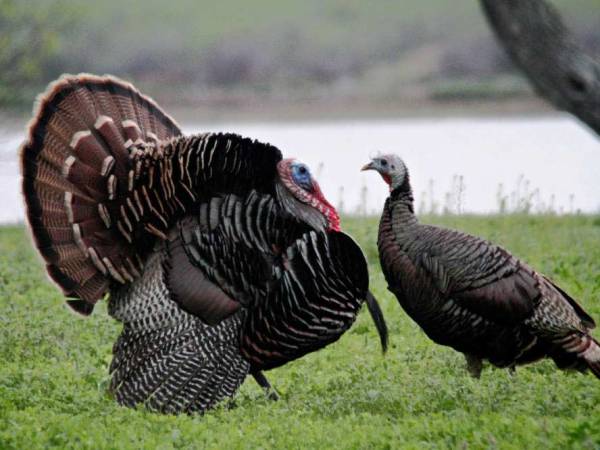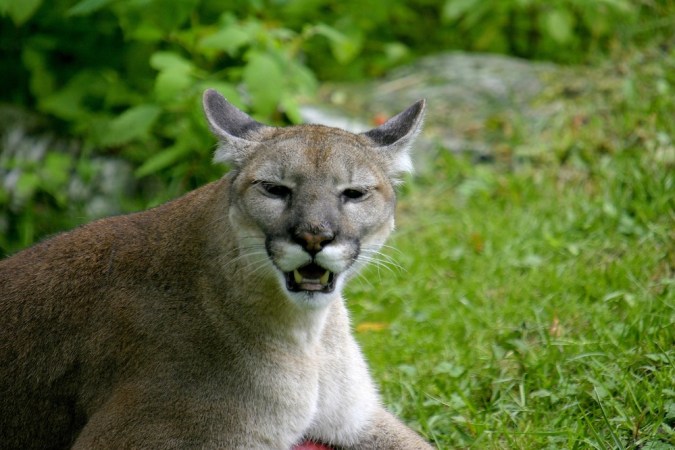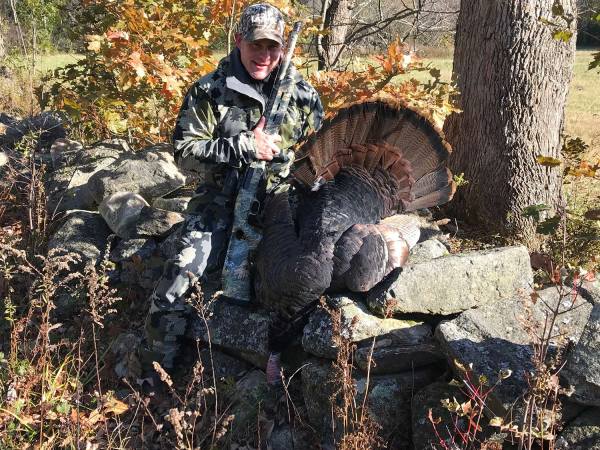Nothing fires me up like the sound of hard gobbling in the spring turkey woods. It’s a drug like no other and quite honestly, when I hear it, I have the tendency to throw all the rules of turkey hunting out the window. That’s a big mistake and it’s certainly cost me birds. Now, before each season, I go through a mental checklist of do’s and don’ts that I force myself to follow even when under the duress of a hard-gobbling tom. You’ll note that some of these tenets contradict each other—and that’s the tricky part. Knowing which to choose in each situation is the coin flip we all face every time we hear that first response. So digest this information and use it to improve your game. If you can control yourself and remember it in the heat of battle, you might just be walking out of the woods 20 pounds heavier.
1. Know The Terrain
As with any kind of hunting and scouting, familiarizing yourself with the terrain you are hunting in is essential. When it comes to turkey hunting, though, you’ll need to kick it up a notch. Having a bird gobble in the distance is what we live for, but it does you no good if you can’t get to him quietly or he can’t come to you easily.
Mapping apps are great for a general lay of the land, but boots-on-the-ground knowledge is better. Look for logging roads, game trails, or creek beds for quick and silent access. If you’ve got a bird roosted the evening before a hunt, go the extra yard and try to find the exact tree you’d like to use for the next morning’s set up. Mark it as a waypoint on your GPS if necessary. If it’s at all feasible, clear all potential noisemaking brush and debris from your location for a smoother hunt the next morning.
It’s equally important to have a grasp on your bird’s potential approach route. Turkeys are infamous for hanging up behind geographic anomalies such as stone walls, fences, brooks and creeks, or even thick brush. Being aware of terrain factors can help you take them out of the equation.
2. Know Their Morning Habits
Gobblers sometimes utilize the same roost trees day after day and even season after season. Having a thorough knowledge of the terrain in these locations can provide valuable insight into not only where a gobbler might be spending the night, but also his direction of travel first thing in the morning as he tries to connect with hens. Getting into these areas undetected might offer a right-off-the-roost shot on a wary gobbler or at least a great opportunity to intercept him on his travel route.
I try to suss out travel corridors for multiple gobblers prior to the season by simply listening at first light. Although I’ll bring along a few turkey calls just in case I need to shock a bird into sounding off, I typically lean on locator calls if I need some help in making birds gobble. Most of the time, I’ll just let the morning run its course taking note of each gobble while tracking the bird’s direction—both mentally and physically. If, for example, I hear a tom gobbling his way into the back corner of a brushy field two days in a row, you can bet that I’ll be in that back corner waiting on the third day.
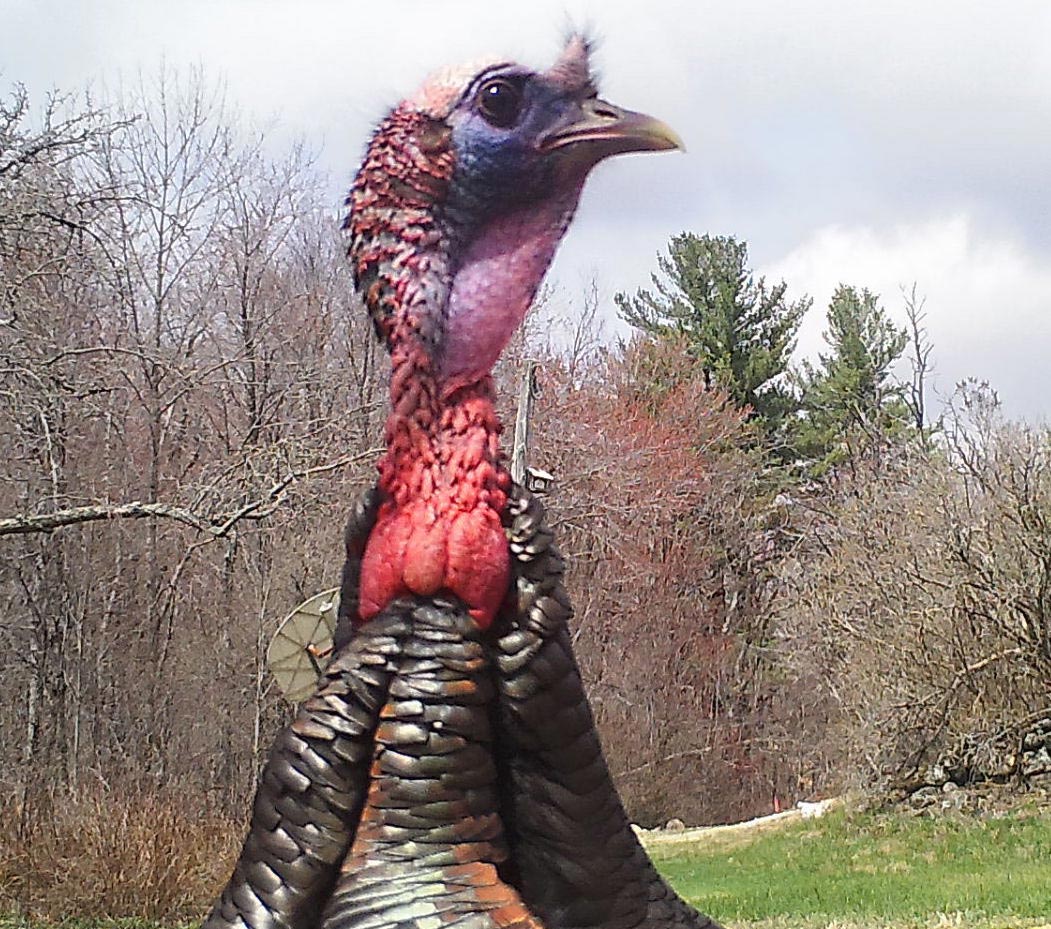
3. Don’t Call If You Don’t Have To
If you get to your spot, step out of the vehicle and hear a bird sound off in the roost, do not rush headlong into the woods while calling to him. He’s already let you know where he is so there’s no need to start hammering away. Let nature take it’s course, so don’t go adding in turkey calls that are unnecessary. If you start yelping at him indiscriminately, you might just draw his attention to you and make an undetected approach impossible. Even worse, you might alert him to a scenario that might have previously taken place with other hunters.
Just let him be. Take your time while moving in and wait for each gobble before you inch closer so that you can pinpoint his position and set up undetected. If he goes quiet, but you still need to cut the distance to him, try to provoke a gobble with a soft great horned owl call. If that doesn’t work, ease your way up the volume scale from barred owl to crow call or maybe even barking or howling like a coyote. With hard-hunted birds, that may be used to the same old song and dance, it may take a little outside the box thinking to be successful. Consider what else happens during the morning hours in that area—a rooster might crow, donkeys might haw, cows may moo, or geese might get up for a morning flight.
All these sounds are natural and not the norm, but they can be used to set yourself apart from the masses who may have tried this hunt before you. There is no locator that works first time, every time, so use your imagination to blend in and be more natural than the person before you.
Read Next: The 2020 Spring Turkey Hunting State-by-State Forecast
4. Don’t Get Too Close
Cutting the distance to a gobbling bird is very subjective and can change with terrain, cover, and the season progresses. For instance, what might have been too close at the beginning of season when there were no leaves on the trees, might be too far away as the season winds down.
A rule of thumb for me is based on how far I can see in the woods and how much noise I’m making when I’m on the move. We all know how far away we can hear a critter walking on a still morning, and I’m pretty sure I’m louder than a walking deer or coyote.
I do, however, bend this rule later on in the season as the birds get pressured and the foliage provides cover. Many times a pressured gobbler will fly down, shut up, and ignore calling from a distance. They’ve heard it all before but sometimes drastic measures will prevail.
Damp quiet mornings allow you to get up close. This might just be enough to get his attention after he drops down and then realizes he has a ready hen right there next to him. It’s at these times I usually leave the decoy in the truck. It’s not worth the extra movement when finding a place to set up.

5. Don’t Stay Too Far
There are pros and cons on setting up too far from a roosted bird. You’ll certainly minimize the risk of bumping him, but you also risk losing him to an interloping hen or being cut off by another hunter. Remember, one of the reasons a bird gobbles from the roost is to attract the hens to his location. Being set back at a distance allows those live hens to get to him first and take him off into another direction.
Being too far back also decreases your ability to hear everything that’s going on. You may not be able to hear the subtle sounds of a tree calling hen that may be your morning competition. Or you might not hear the soft drop of birds leaving the roost without the classic flydown cackle or loud wingbeats.
Lastly, he may just not want to walk that far. Many times, birds drop right down into a morning strut zone where they feel safe, can see a good distance, and can call in hens. A bird may sit there all morning answering you and never leave that spot.
I much prefer getting in as tight as feasible rather than being 200 or more yards away.

6. Don’t call too much
Regardless of my addiction to the sound of a gobbling bird and my desire to just have him sound off on each approaching step, I keep my calling to a minimum when I know that my gobbler is still in the roost.
Calling too much will only serve to attract other turkeys—both gobblers and hens—draw undue attention to my location at the wrong time, cause the tom to hang up in the roost, or attract other hunters.
My typical calling scenario on roosted birds is to get set up, tree yelp or cluck softly until he responds and then shut up until he flies down. Once he’s on the ground, it’s game on.
Read Next: Best New Turkey Hunting Gear
7. Don’t call too little
Calling too little at a time when being more aggressive might turn the table in your favor may decrease your chances of walking out of the woods with a bird over your shoulder.
I let the other hens designate my calling intensity on roosted toms. If an aggressive hen chimes in to my initial calling series, I make my presence known and it’s at that time when one of three things will happen.
One would be that he picks you, drops down and comes right in. This almost never happens, so don’t count your chickens just yet. Second, you might just be able to get that hen mad enough to come in and see what your trying to prove. This will often bring the big boy in tow and if your hide keeps you undetected by the hen, he may just offer up an opportunity for a shot.
Lastly, she just won’t want to deal with you, will drop down, turn and walk the other way with him following close behind. A morning of chasing and frustration is sure to follow.
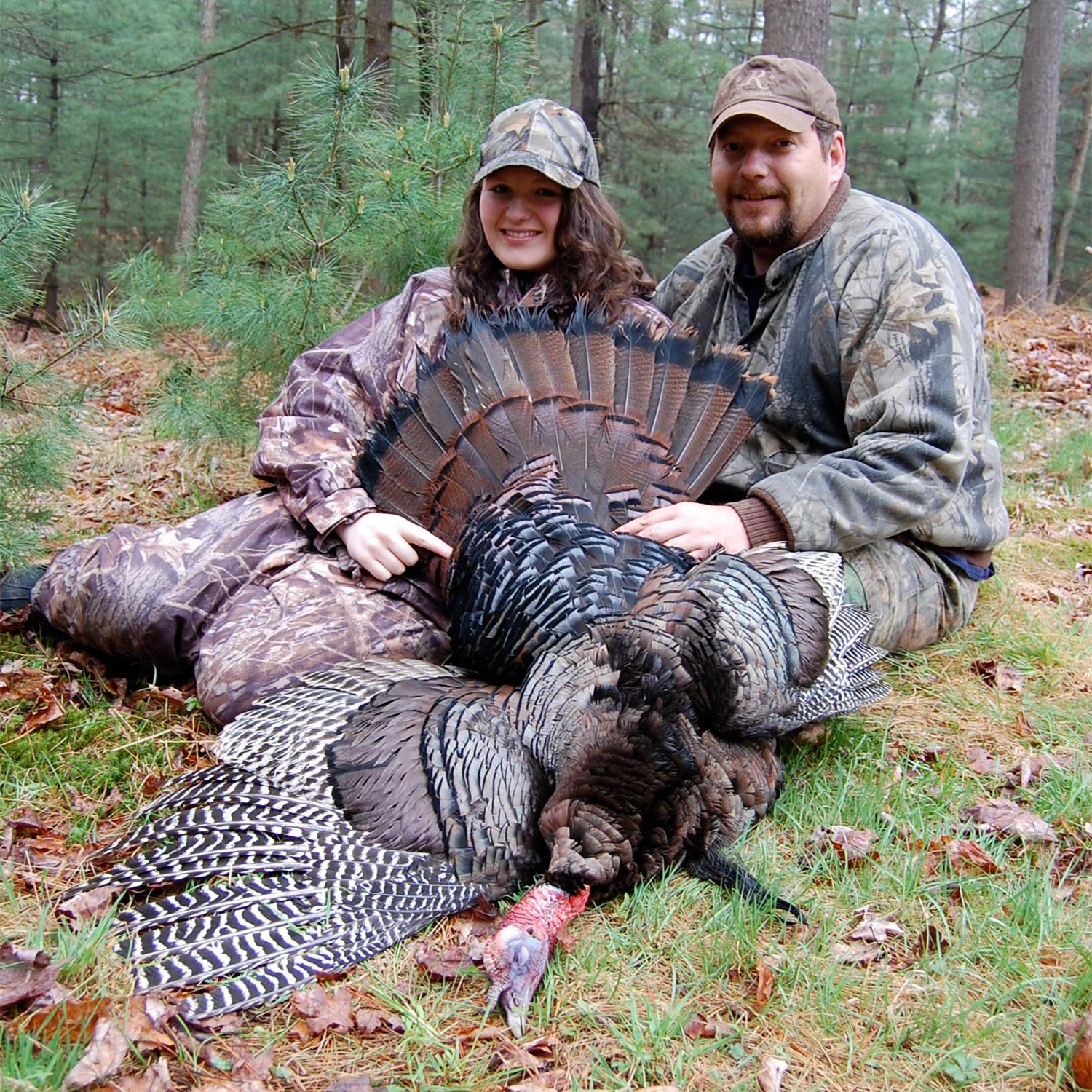
8. Don’t Set Up Too Late
Getting set up against a tree in the dark less than 100 yards from a gobbling turkey is the absolute ideal. Walking through an open field as dawn is breaking is not. Rest assured that if the song birds are already making noise, your roosted tom is more than likely already awake and on alert.
Don’t underestimate how far a bird can see through early season open hardwoods either. Gobblers choose their roost trees so that they can use their vision to the utmost advantage.
No matter the terrain, getting in early allows for a few more snapped twigs, stumbles, and missteps on the way in.

9. Don’t leave too soon
The textbook flydown first-light kill doesn’t happen nearly enough for you to give up on a setup prematurely. Understanding the typical morning ritual of spring gobblers may get you to hang in there and wait it out long enough for things to in your favor.
Fundamentally, toms gobble to attract hens. This might begin with frequent gobbling as he does his best to be the tough guy on the block, but as his hens approach he may calm down or even stop as he prepares to drop out of the roost.
If he dropped out of the tree, he could be standing right there silently strutting. WIth no need to gobble anymore, he may not sound off again until he’s either bred his hens, or they’ve walked away and gone back to the nest. Leaving or repositioning at this point is a tough decision to make. Move now and you’ll risk spooking the bird.
If he’s still sitting up in the tree, safe from predators and awaiting his hens, he’s in a position to scan the area carefully. I’ve seen birds sit silent in the roost past 9 a.m. just waiting. I’ve busted more than one thinking that they had flown down.
Read Next: 4 Turkey Hunting Tactics That Work When Nothing Else Will
Sit tight and wait. Let him give in to his frustration first, because if you call again, he’ll just sit there and wait. But if he calls first, then you know he’s looking, wondering and still wants to play. You should NOT make a sound. Calling back can only restart the game. Let his curiosity peak and hopefully he’ll come looking you. Wait for the wing beats, let him hit the ground and wait to see if he’ll gobble again. Listen for footsteps or drumming. He may just walk in on you.
The time to call is when you’re sure that he’s on the ground and he begins drifting off in another direction. Start out soft, just enough to get his attention. If he keeps going, let him go, drop back and reposition for a fresh start. Use a crow call to keep tabs on him and track his movements to ensure solid setup in his line of travel.
Now not one single tip in this article is a given, but they all have proven to be successful and in the game of hunting the wild turkey, any tiny bit of extra knowledge or understanding can help you be more confident in decisions.


